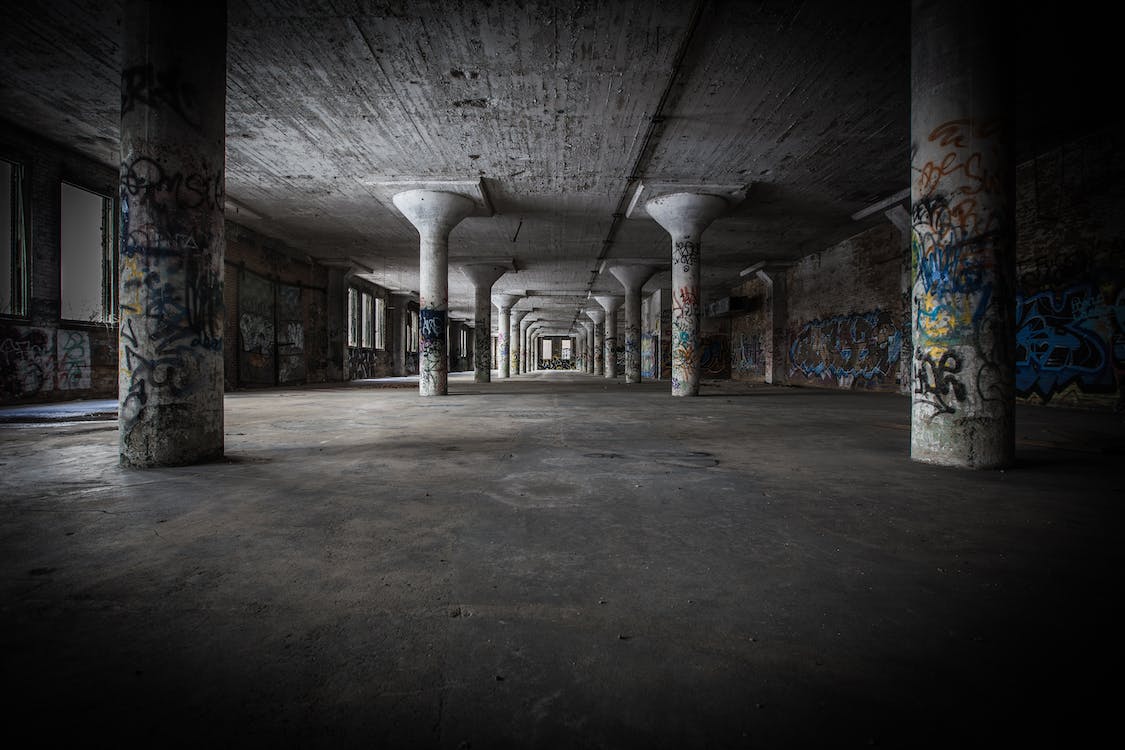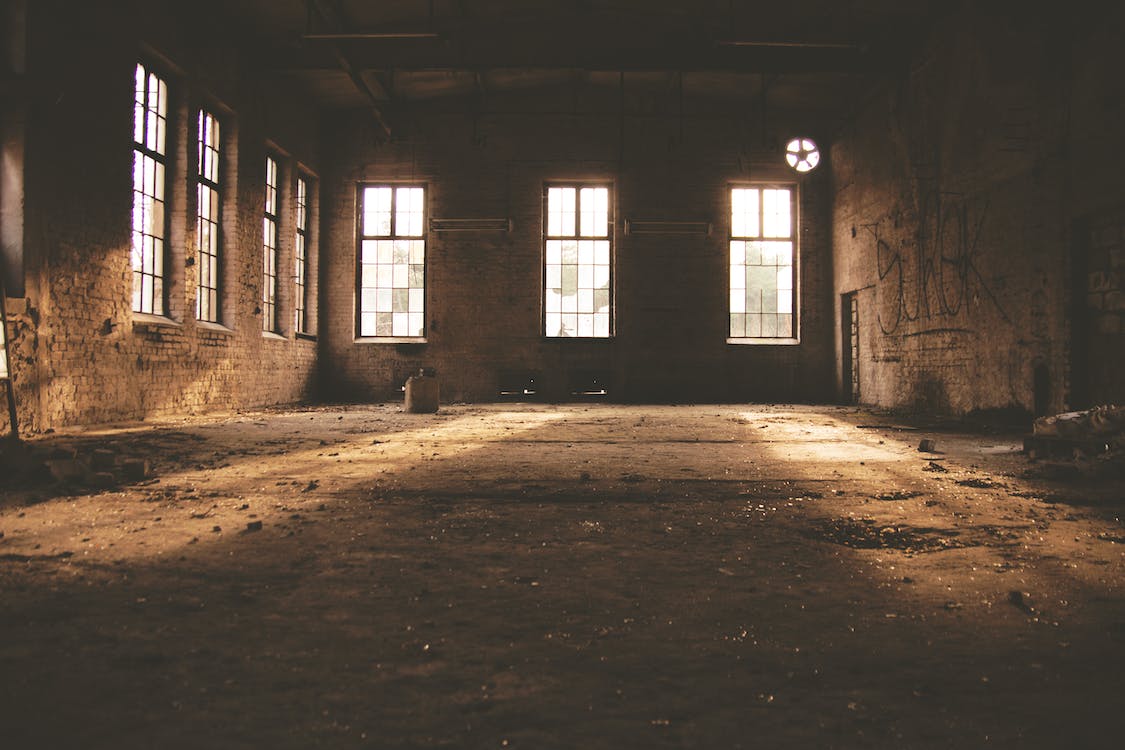Empty Office Buildings – Is Converting Offices to Apartments Feasible?Empty Office Buildings – Is Converting Offices to Apartments Feasible?

We are facing a housing shortage and it's not going away anytime soon. Inflation, building costs, interest rates and other factors have simultaneously influenced a growth in demand and lack of supply. Many local governments are trying to find ways to ease this shortage, as housing is key to keeping their citizens out of homelessness and their cities equitable for people of all socio-economic classes. One idea that has been floated around for how to solve this issue is through office buildings, particularly empty offices. According to the visual capitalist, if empty office space in the US were itself a high-rise office building, it would consist of more than 48,000 vacant floors, each 20,000 sq ft. That would be exactly 1 billion empty sq feet of office space! Let's take these offices and make them into apartments. Its just that easy, right? Maybe not. While this serious problem demands a creative solution, converting an empty office into livable housing has a lot of expensive drawbacks. But if it's such a challenge, why propose it at all?  Empty Office Building BenefitsThe most obvious benefit to actually converting an empty office building into an apartment would be the increase in number of livable spaces available. Being able to get people into quality housing is key. Making the housing shortage more manageable would allow local governments to then focus on other issues. Another benefit to using empty office conversions as a solution, that may not be as obvious, would be environmental impact. Think of the space in cities that already occupy land, air and water resources. To be able to convert rather than to chop down and build on top of another green space would seem more environmentally sensible. Cities do have to build according to necessity but parks, gardens and nature overall has been the topic of conversation in recent years and something that more and more urban areas are trying to prioritize. Using what's already available would save empty lot spaces for potential green developments. Material cost is another plus to this plan. Demolition can be just as, if not more expensive than building itself. Dismantling, trying to save as many of the materials as possible, is also expensive and time consuming. Having a building that is in perfectly good condition that simply needs modifications, could save a lot of money, time and headache. Also, as multiple companies tend to occupy an office building, they are made to be easily modified and fitted for the occupying company. So, there's the good news. Here's where the problem to this idea may lie. Empty Office Building DrawbacksMoney. Office conversions are extremely expensive. Because they were made for a specific use, they often have a central setup for bathroom sewer lines, HVAC and electrical. This would mean reorientating the whole space so that each of these systems could be setup for individual rental units. And (again in-terms of orientation) to comply with legal housing standards, all habitable rooms need to have windows of a particular size. If the outside of the empty office building is surrounded by windows and inside there aren't even walls, there will probably be a lot of interior space that needs work done to be compliant or the conversion Is otherwise rendered useless. With this large issue of cost, it throws out the solution entirely. To be able to fill this building for the moderate to low-income individuals who are most affected by the housing shortage would be impossible as companies need to recomp on their expenses. This then becomes high-end housing. It's possible that these reasons alone may not be enough to dismiss it as a solution, but to be valuable it should also be, in some ways, as pain-free as possible. Manpower and money don't usually make things so.  ConclusionWhile there definitely needs to be a simple and implementable solution to the housing crisis, empty office buildings will need to have some serious modifications in order to be the main candidate. Providing for growing urban areas and solving the housing shortage by taking from what is underutilized would prove to be extremely valuable if city planners and local governments find ways to make it cost effective and executable. If you're office building is fully occupied but feeling a bit empty, check out or full guide on 'How to Accessorize Your Office.'' Sources: - https://www.visualcapitalist.com/visualizing-1-billion-square-feet-of-empty-office-space/#:~:text=Ranking%20U.S.%20Cities%20by%20Empty,senior%20managing%20director%20at%20Trepp. - https://www.noradarealestate.com/blog/housing-shortage-in-america/#:~:text=The%20United%20States%20is%20facing,%2C%20and%20low%2Dinterest%20rates. - https://theconversation.com/empty-office-spaces-can-be-converted-to-residential-buildings-but-it-wont-be-affordable-207168
More From This Author
|